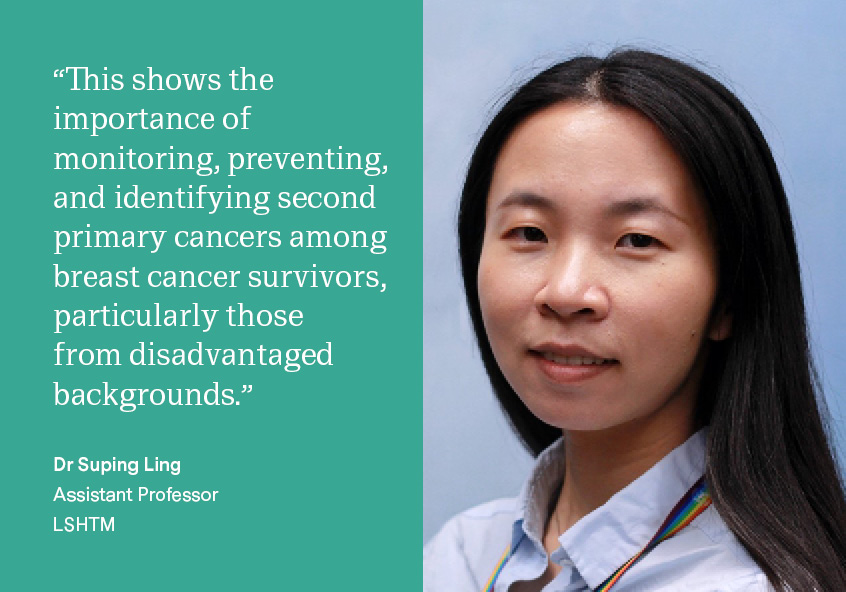
Women from the most deprived areas in England are at a significantly higher risk of developing a second primary cancer after surviving breast cancer, according to a new study published in the International Journal of Cancer.
This research, conducted by researchers from London School of Hygiene & Tropical Medicine (LSHTM), highlights the urgent need for targeted interventions to address cancer-related health inequalities.
The study analysed data from nearly 650,000 women diagnosed with primary breast cancer in England between 2000 and 2018.
Researchers found that women from the most deprived areas had a 29% higher risk of developing a second primary cancer compared to those from the least deprived areas, even after accounting for factors such as age, ethnicity, tumour stage, and treatment.
The absolute risk difference over 10 years was 1.3% for second primary cancer incidence and 4.9% for death, highlighting a stark disparity in long-term cancer outcomes.
These findings suggest that social and economic factors play a crucial role in cancer survivorship. The increased risk may be linked to differences in lifestyle factors, access to follow-up care, environmental exposures, or delays in early detection and treatment of new cancers.
Using data from cancer registries, this is the first study that reports socioeconomic inequalities in second primary cancer incidence in women with breast cancer in England, accounting for all-cause death as the competing event. Of 55,000 new breast cancer cases every year, the study shows that more than 600 cases of second primary cancer could have been reduced if inequalities were eliminated.
Dr Suping Ling, lead researcher from LSHTM said: “Our findings highlight the importance of monitoring, preventing, and identifying second primary cancers among breast cancer survivors, particularly those from disadvantaged backgrounds. Enhanced surveillance programs, such as expanding current cancer screening programmes to women with breast cancer may help to identify second primary cancers at an earlier stage. We call for equitable access to cancer care services to mitigate the impact of socioeconomic disparities on cancer outcomes.”
The study’s limitations include missing data on tumour stage and ethnicity, the use of area-based rather than individual socioeconomic measures, and potential misclassification in cancer registry data. It also lacked information on lifestyle factors, genetics, and environmental exposures that may influence second primary cancer risk. Differences in follow-up care and diagnosis delays were not explored, and the findings may not be fully generalisable beyond England.
Publication
Golani R, Kagenaar E, Jegu J, Belot A, Ling S. Socio-economic inequalities in second primary cancer incidence: A competing risks analysis of women with breast cancer in England between 2000 and 2018. International Journal of Cancer, 2025